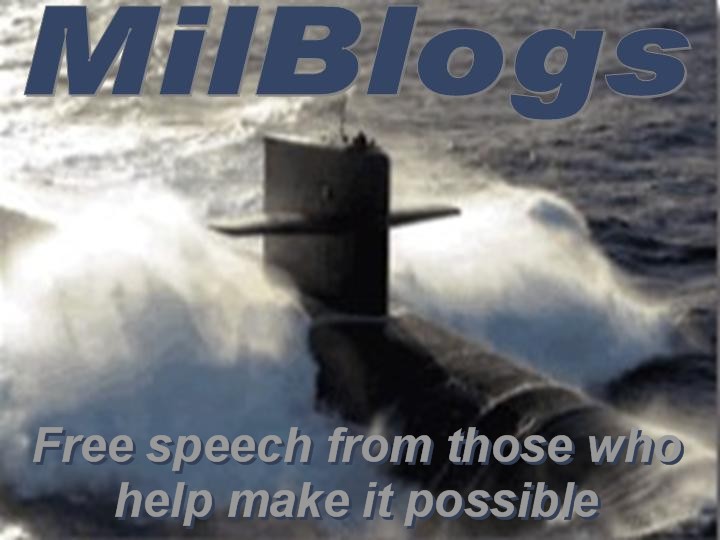Back on submarines, when operating at periscope depth at night, we would always turn the lights out, or at least way down, so that the officer using the periscope could let his eyes adjust to night vision, in order to better see out the scope. Whenver anyone would need to use a flashlight, such as to find a pencil, or even when we went deep and they turned the normal lights back on, they would always call out a warning, "Bright light, watch your eyes." Because if you take night adjusted eyes and suddenly expose them to very bright lights, it hurts.
One of the most noticeable differences between Al Asad and Balad is the color of the sand. It's a whitish color, kind of like chalk. And it has a very fine, dusty consistency as well. Others have referred to it as "moon dust." The biggest effect of the sand is to make things very bright, especially when leaving my trailer first thing in the morning. It also seems to get on everything, and unlike the other dust which blends into the boot color, is definitely noticeable as splotches on boots and uniforms.
Another reason that some people refer to the dust as "moon dust" is a fact of the local topography. Unlike the very flat terrain around Balad, there are actual terrain features visible, including a large plateau nearby which gives us the impression of being in a crater.
As a final note, I'm using an email interface for this post, which in the past has done odd things with formatting and links in the right-hand margin. I may try to play with a few settings, or perhaps even change the entire blog teplate, depending on how well it works out. If you don't see the links to the right... scroll down!


No comments:
Post a Comment